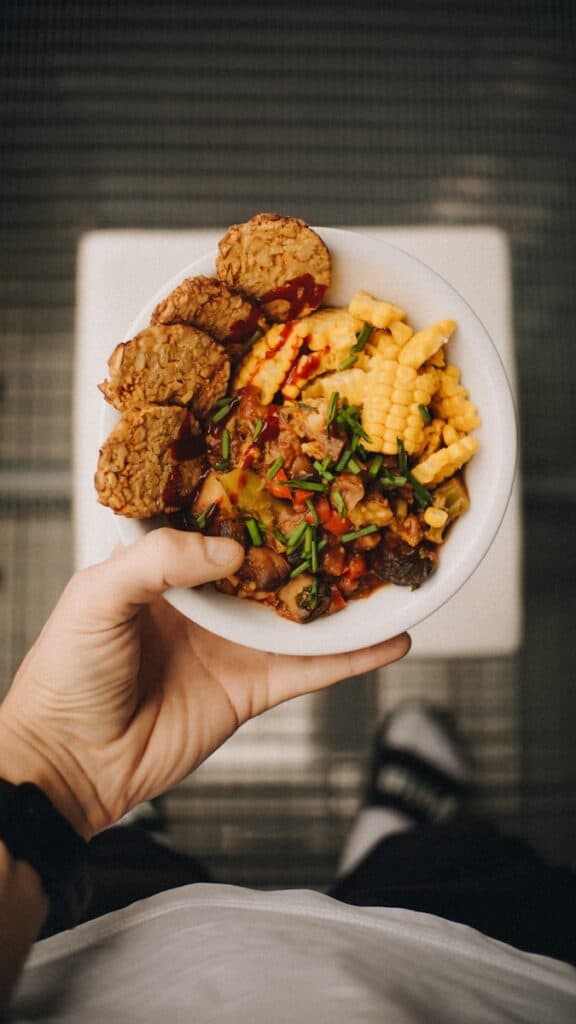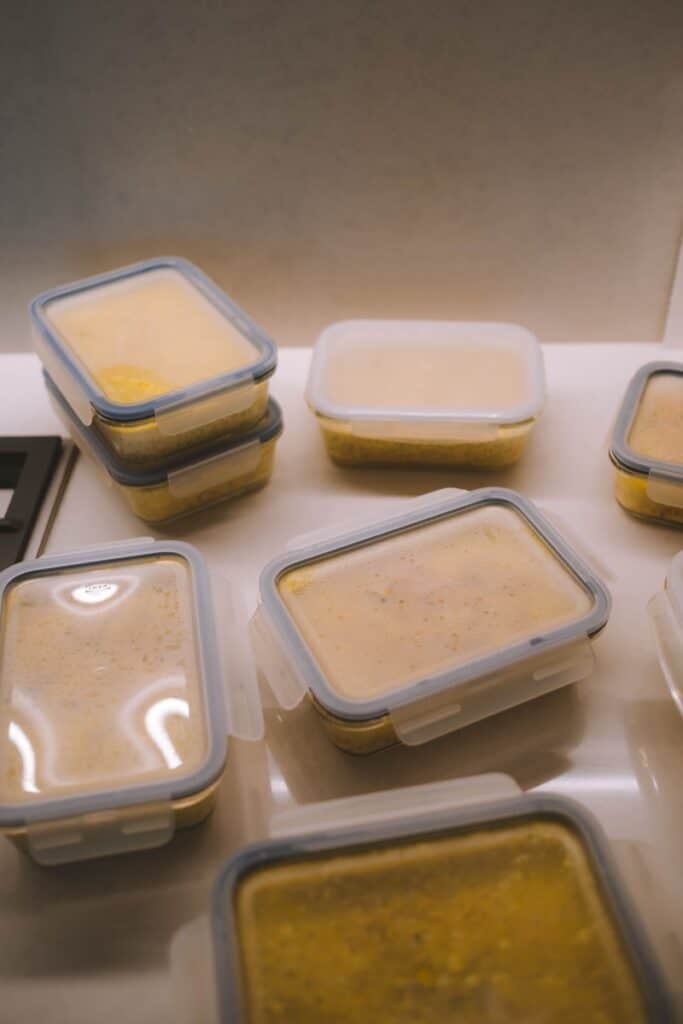Going low carb on a vegan diet might sound tricky—after all, many plant-based staples like bread, rice, and lentils are carb-heavy. But what if you want the benefits of a low-carb lifestyle without giving up your vegan values?
The struggle? Most quick vegan meals rely on grains and starches, leaving you with energy crashes or stalled progress if you’re watching carbs.
Research shows low-carb diets can help with weight management and blood sugar control—yet the average vegan diet gets over half its calories from carbs. That doesn’t have to be your reality!
The solution? Smart swaps like creamy avocado, protein-packed tempeh, and hearty chia seeds. We’ll show you exactly how to build satisfying meals that keep carbs in check.
You’ll enjoy vibrant, nutrient-dense meals that fuel your body—no carb overload or compromise on ethics.
So, how do you make low carb on a vegan diet work without the hassle? It starts with the right foods. Here’s your go-to list…
Why Consider Low-Carb on a Vegan Diet?
Reducing carbs can support stable blood sugar levels, improve energy, and promote weight loss. Many avoid low-carb eating because they assume it requires animal products.
However, a plant-based low-carb diet can still be rich in nutrients. With proper planning, you can enjoy plenty of fiber, protein, and healthy fats while keeping carbs in check.
Whether your goal is weight management or better digestion, eating this way can be both satisfying and beneficial.
The Challenges of a Low-Carb Vegan Diet
Cutting back on carbs without eating animal products takes effort. Many plant-based protein sources, like beans and lentils, contain a lot of carbs.
Whole grains, a common staple for vegans, also add to the carb count. Finding balance means choosing foods with protein and fat without too many carbs.
Another challenge is variety. Without careful planning, meals can become repetitive. Nutrients like B12, iron, and omega-3s also require attention.
But with smart food choices, these obstacles can be overcome.
Best Low-Carb Vegan Protein Sources

Protein is essential for muscle repair and overall health. While most plant-based proteins come with carbs, some are naturally lower in them.
Tofu and tempeh provide a great option with little carbohydrate content. Seitan, made from wheat gluten, is another high-protein, low-carb choice.
Nuts and seeds, like almonds, pumpkin seeds, and hemp seeds, supply protein and healthy fats. Non-starchy vegetables, such as spinach, kale, and mushrooms, offer some protein as well.
Combining these can help you meet your needs without overloading on carbs.
Healthy Fats to Support a Low-Carb Vegan Diet
Fats help with fullness and energy. Without them, meals may not be satisfying. Avocados are an excellent source of healthy fat with few carbs.
Nuts and seeds, including chia, flax, and walnuts, provide essential fatty acids. Coconut products, such as coconut milk and oil, add richness to meals. Olive oil and other plant-based oils work well for cooking.
These fats support brain function, hormone balance, and overall well-being. Adding them to meals makes low-carb vegan eating easier and more enjoyable.
Low-Carb Vegetables and Fruits to Eat
Not all plant foods are high in carbs. Many vegetables and some fruits fit well into a low-carb plan. Leafy greens, such as spinach, arugula, and kale, are great options.
Cruciferous vegetables, like broccoli, cauliflower, and Brussels sprouts, provide fiber without too many carbs.
Zucchini, eggplant, and bell peppers add variety to meals. For fruits, berries such as strawberries, raspberries, and blackberries have fewer carbs than bananas or apples.
Choosing non-starchy options helps keep carbs lower while still getting important nutrients.
How to Plan Balanced Low-Carb Vegan Meals

A good meal includes protein, fat, and fiber. Start with a protein source, like tofu or tempeh. Add non-starchy vegetables for volume and nutrients.
Include a source of healthy fat, such as avocado or olive oil. Spices and herbs add flavor without extra carbs. For example, a salad with leafy greens, hemp seeds, and tahini dressing works well.
A stir-fry with tofu, broccoli, and coconut oil is another great choice. Thinking ahead makes low-carb vegan eating easier and more enjoyable.
Snack Ideas for a Low-Carb Vegan Diet
Finding good snacks can be tricky. Many typical vegan snacks contain carbs, like fruit, granola bars, or hummus with crackers.
Instead, choose lower-carb options. Handfuls of nuts or seeds provide protein and fat. Coconut chips offer a crunchy, satisfying bite.
Sliced cucumber with guacamole or olives makes a refreshing snack. Nut butter on celery sticks keeps hunger away.
Making smart snack choices helps maintain energy and keeps you feeling full between meals.
Nutrients to Watch on a Low-Carb Vegan Diet
Certain nutrients require extra attention. Vitamin B12 is not found in plant foods, so supplementation is necessary.
Iron is available in plant sources like spinach and pumpkin seeds, but pairing them with vitamin C improves absorption.
Omega-3 fatty acids, found in walnuts, chia seeds, and flaxseeds, support heart health. Zinc, found in nuts and seeds, is also important.
Keeping track of these nutrients ensures a balanced diet that meets all your needs.
Low-Carb Vegan Recipe Ideas

Creating meals that fit this way of eating is simple with the right ingredients.
Try a tofu scramble with mushrooms, spinach, and avocado for breakfast.
A zucchini noodle salad with olives, tahini dressing, and pumpkin seeds makes a great lunch. Dinner could be a coconut curry with cauliflower and tofu.
Snacks like roasted nuts or chia pudding with coconut milk help keep hunger in check.
With creativity, a low-carb vegan diet can be delicious and satisfying.
Final Thoughts on Low-Carb Vegan Eating
Eating fewer carbs while staying vegan takes some effort, but it’s absolutely doable. Choosing the right proteins, healthy fats, and non-starchy vegetables helps create balanced meals.
Planning ahead makes everything easier. Watching key nutrients ensures a healthy diet. If you’re thinking about trying this way of eating, start with small changes and see how you feel.
With the right approach, you can enjoy a satisfying, plant-based lifestyle with fewer carbs.